

Agridisk
Egypt - Alexandria
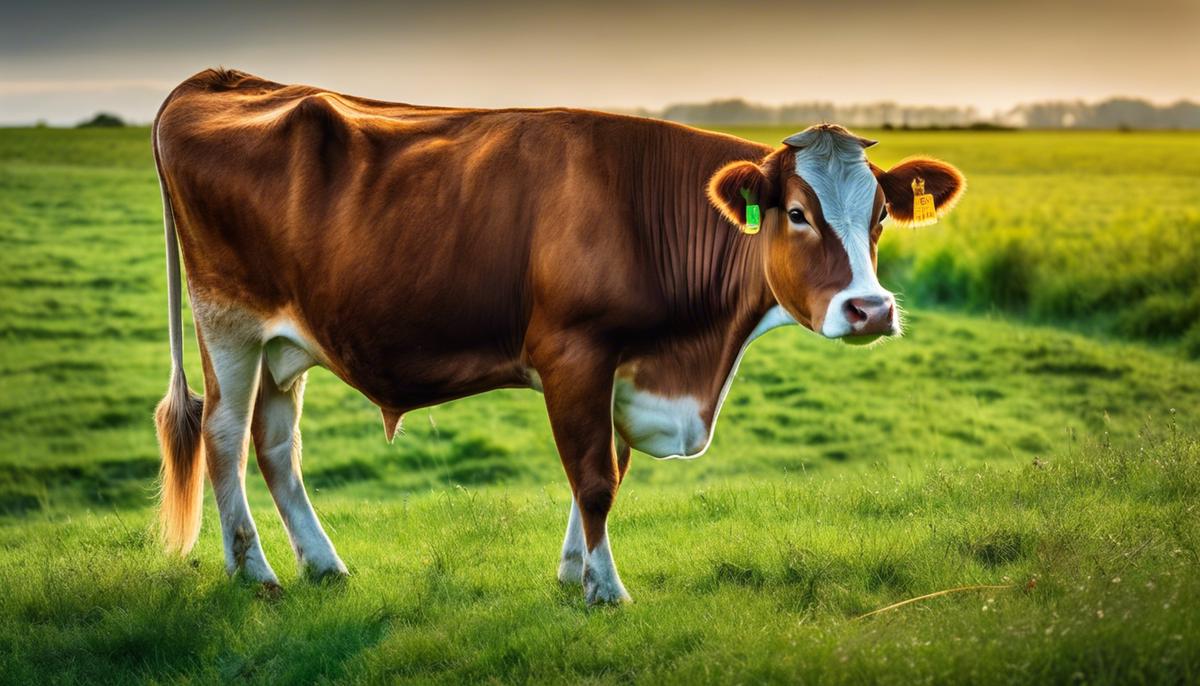
Jersey cattle milk production & What is the best feed for a Jersey cow?
Description: In the expansive panorama of dairy farming, one breed of cattle stands out in particular - the Jersey. Blessed with a genetic makeup, physical attributes, and biodata that enhances milk production, the Jersey cattle decodes the science behind its breed's ability to consistently produce high-quality milk. This discussion delves deep into the necessitous nutritional requirements and helpful management strategies that play pivotal roles in optimizing milk production from Jersey cattle. Besides, an insightful analysis is undertaken on the distinct characteristics of Jersey cow milk, such as its nutritional content, creaminess, color, and taste that makes it a favorite for many dairy product manufacturers. Simultaneously, we further evaluate the profound economic implications that this breed has on the broader dairy industry, prudently assessing their profitability, efficiency, and role in sustainable farming. Jersey cattle, notably small in physique, reign surprisingly supreme in the realm of dairy production. Widespread across the globe, these bovines are known for their superior adaptability and, more importantly, the impressive quality and quantity of the milk they produce. This remarkable capacity primarily results from their unique biological properties, which offer farmers a formidable ally in dairy farming. Possessing a light-brown coat, Jerseys hail from the Channel Island of the same name. Despite their small stature, typically 400-500 kg, Jerseys have become the subject of favorable discourse among dairy farmers. The critical question is, what makes the pint-sized Jersey an efficient dairy-producer? Consider, for a moment, the concept of feed conversion efficiency. Feed conversion efficiency measures how efficiently a cow can turn feed into milk, which is a crucial determinant in dairy profitability. Jerseys inherently boast a high feed conversion efficiency, which translates to producing more milk with less feed. This superior biological trait allows these animals to produce at par (or even more) with their larger counterparts on a much more cost-effective basis. Characteristically robust, Jerseys are known for their remarkable ability to adapt to various climates and resist diseases. Bred initially in a region with harsh weather environments, Jerseys display exceptional resilience, which reduces the risk of health-related production problems. This adaptability coupled with a generally more extended production lifespan certainly underscores their economic value in dairy farming. However, a discussion on Jersey's milk production capacity would be incomplete without a mention of the high components in their milk. Jerseys produce milk with higher levels of butterfat and proteins, largely contributing to its rich taste. The higher butterfat and protein content also significantly increases the milk’s commercial value since these components are essential for cheese production. Furthermore, Jerseys tend to calve more frequently - often a new calf each year - which regularly stimulates the lactation period. This propensity adds to their high milk production potential, hence enhancing their worth in the bovine world. In conclusion, the biological properties of Jersey cattle contribute significantly to their high milk production capacity. Their superior feed conversion efficiency, adaptable resilience, high component milk, and more frequent calving all amalgamate to create an immensely valuable breed in the arena of dairy farming. Such efficiency solidifies the Jersey's position as a choice breed, converting favorable biology into a prolific source of milk. While fundamental information about Jersey cattle's role in the dairy industry among other attributes have been exemplified, it is critical to delve further into the specifics - the nutritional conditions and management practices that can maximize their milk production. Nutrition, being a vital cornerstone in dairy production, must not be overlooked. First and foremost, a balanced diet fortifies health, longevity and breeding efficiency in Jersey cattle. Forages, grains and concentrates ought to be offered in suitable proportions to ensure optimum health and milk production. Green forage like Lucerne, silage, fresh grass, and hay is rich in the vitamins and proteins essential for milk-rich lactation. On the other hand, grains such as barley and maize provide the necessary energy for the cattle while also enhancing milk fat content. Supplements of minerals like calcium, phosphorus, and copper are also crucial in meeting the nutritional needs of the Jersey cow. Establishing a feeding strategy is instrumental for maximizing milk yield in Jersey cattle. Total mixed ration (TMR) feeding strategy where all feedstuffs are combined into one feed mix is usually proven beneficial. TMR ensures balanced nutrient intake with every bite and reduces feed sorting, thereby driving harmonious rumen function and encouraging optimal milk synthesis. Jersey cattle, like every other breed that thrives under proper management, requires careful, meticulous attention. Enforcement of a proper feeding program should be accompanied by preventive healthcare, involving regular vaccinations to protect against common diseases, as well as external and intestinal parasite controls. As heat stress can detrimentally impact milk production and the overall welfare of this particular breed, heat abatement measures such as providing shade, ventilation, and cooling baths are recommended. Regular milking also plays a strategic role in the multiplication of milk yield. Frequent milking, of about 2-3 times a day, stimulates the secretory cells of the mammary gland to produce more milk, offering a significant rise in milk production. Furthermore, cow comfort should be a high priority, featuring suitable bedding and stall sizes, which promote the cow's lying time, eventually bores more milk. It is also pertinent to note that proper breeding and genetic selection strategies for traits like fertility, longevity, and milk components can further maximize milk production. Enhanced genetic capabilities offer potential for higher milk yield. Implementation of breeding practices like artificial insemination and the use of sexed semen increases the generation of heifers with high genetic potential - a future promise of more milk production. As the endorsement of these practices and strategies hinged on the nutritional requirements, research underscores their efficacy and stresses the importance of the dairy farmer's knowledge, care, and attention in achieving the highest milk yield. A comprehension of these critical practices will undoubtedly benefit maximizing Jersey cattle's productive potential in the dairy industry. Acknowledging the details, the diet of a dairy cow includes a combination of forage and grain. Each plays a crucial role in terms of milk-rich lactation and enhancing the fat content in the milk. The forage, generally consisting of hay or silage, serves as a source of fiber and carbohydrates, while the grain provides supplementary energy. Additionally, Jersey cattle, like any other breed, require minerals to meet their nutritional needs. Farmers often resort to supplements for this purpose. Notably, minerals such as phosphorus, potassium, and magnesium effectively contribute to the butterfat and protein content in the milk. Moreover, farmers adopt the Total mixed ration (TMR) feeding strategy to ensure balanced nutrient intake. The mixture includes silage, hay, grains, proteins, and minerals, providing a steady and consistent diet. Consistency is key; variability in the diet can lead to fluctuations in the milk's composition and yield. However, it's not all about nutrition. Preventive healthcare measures such as vaccinations and parasite control are noteworthy facets of dairy farming that impact the quality and quantity of the milk produced. When the cattle are free from disease, they can utilize their energy more efficiently for milk production. Furthermore, mitigating the impact of heat stress forms a significant aspect of dairy farming. Jersey cattle, though robust and adaptable, are susceptible to heat stress. Heat abatement measures, such as proper ventilation systems and availability of adequate water, contribute to the cows' comfort, which directly impacts milk production. Regular milking also plays a substantial role in boosting milk yield. It's essential that the milking process is comforting to the cows. Implementing best practices in cow comfort, including adequate resting time, clean living conditions, and a stress-free environment, significantly enhances milk production. Moving forward, proper breeding and genetic selection are other important factors in obtaining higher milk yield. Genetic selection, in particular, has the potential to markedly increase milk production over the generations. By selectively choosing the high-yielding cows for breeding, farmers can gradually improve the genetic potential for milk production in their herds. Lastly, the dairy farmer's knowledge, care, and attention are all crucial in maximizing milk yield in Jersey cattle. With the appropriate nurturing conditions and balanced nutrition, the inherent biological traits that make the Jersey breed superior can be fully optimized. In conclusion, the unique characteristics of Jersey milk - its richness in nutrition and delectably creamy taste - aren’t merely nature's work. They're a testimony to the combined effort of the breed's inherent capabilities and the dairy farmer’s expertise. Though the breed is distinctive, its full potential can only be reached with responsible and dedicated farming practices. Jersey cows are known for their lesser environmental footprint compared to other dairy breeds due to their high feed conversion efficiency. Their ability to yield more milk per kilogram of feed consumed leads to a lesser demand for feed crops, subsequently mitigating the pressure on cropland resources and reducing the emission of greenhouse gases. This sustainability factor resonates with a growing consumer demand for eco-friendly products and can play a pivotal role in shaping consumers' preferences, ultimately influencing market trends in the dairy industry. Additionally, the quality of milk produced by the Jersey breed further valorizes their contribution to the dairy industry. The high nutritional components, such as butterfat and protein, yield high-quality dairy products, ranging from butter, cheese to yogurts. The richness and exceptional flavor profile of these products have generated a positive response in the consumer market, illustrating the breed's potential in driving increased profitability in specialty cheese, yogurt, and premium butter markets. Providing adequate veterinary care is another crucial aspect influencing the economic impact of Jersey cattle milk production. Ensuring the health and wellness of the dairy herds means fewer cattle losses and reduced investment in replacement livestock, promoting the economic viability of dairy businesses. In essence, while considering the economic impact of Jersey cattle milk production on the dairy industry, the environmental footprints, the quality of milk towards high-end dairy products, and the healthcare measures reflect an intertwined relation with the eventual economic bottom line. Thus, they affirm the breed's significance from not only a biological perspective but from a more holistic viewpoint that includes environmental and health aspects. Evenly so, the potential of Jersey cattle can be optimized with thorough management, continuous research, and innovation in farming practices. It underlines the fact that the breed's high-producing ability is not solely a biological attribute, but it also results from the combined efforts of farmers, dairy industry stakeholders, and the scientific community dedicated to maximizing the breed's productivity while minimizing its environmental impact. In grasping the full economic potential of Jersey cattle, one must regard their role within a dynamically interconnected web that spans physiology, nutrition, genetics, animal care, and environmental stewardiness. To truly succeed, dairy businesses must address these multiple facets in harmony, guided by careful and well-informed decision making. The remarkable journey through the world of Jersey cattle milk production underscores the breed's exceptional ability to produce high-quality milk and its significant economic benefits. The analysis outlined above speaks volumes about the breed's unique genetic makeup, necessary nutritional requirements, and impactful management strategies that contribute substantially to their highyielding milk production. The distinguished attributes of Jersey cow milk and its preference for certain dairy products further amplify the breed's importance. Moreover, the breed's noteworthy role in enhancing profitability, efficiency, and promoting sustainable farming elucidates their integral role in the dairy industry, thereby forging an inextricable link between Jersey cattle and successful, sustainable dairy farming.Jersey cattle milk production & What is the best feed for a Jersey cow?
Jersey cattle milk production
Biological Characteristics of Jersey Cattle
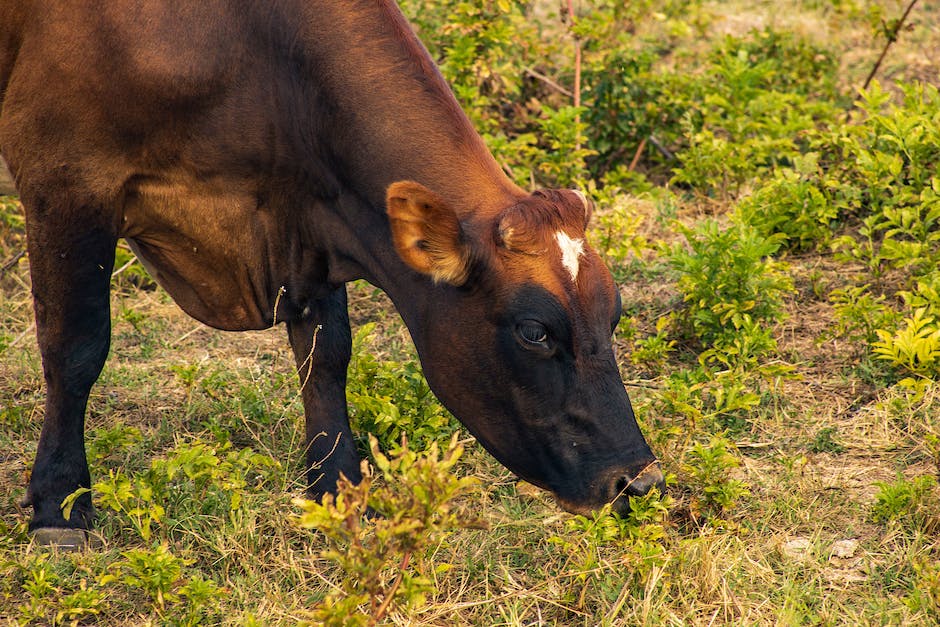
Nutritional Requirements and Management of Jersey Cattle

Jersey Milk Characteristics
Diving deeper into the discussion of the unique milk produced by Jersey cattle, let's explore the nutritional elements equating to their higher milk yield. It's essential to note that proper nutrition plays a pivotal role in maximizing milk production in Jersey cattle. A balanced diet is paramount, not only for enhancing milk production but also for maintaining the overall health of the cow, ensuring longevity and breeding efficiency.
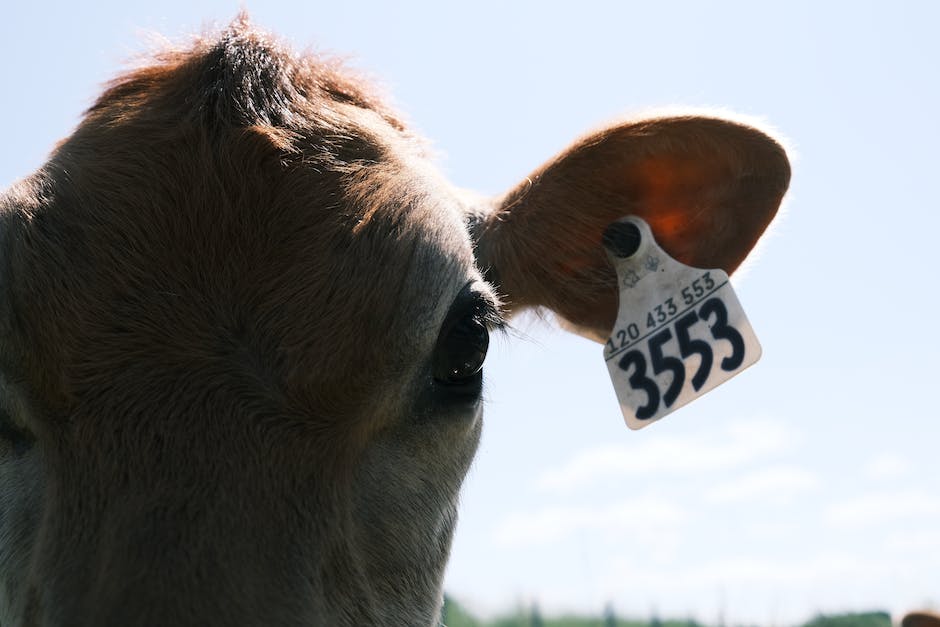
The Economic Impact of Jersey Cattle Milk Production
Following the comprehensive analysis of Jersey's cattle milk production capacity, adaptability, disease resistance, and overall contribution to the dairy farming industry, it is essential to consider some other aspects that directly influence these factors. These factors, while seemingly indirect, tie back to their economic impacts. One such influential aspect is the environmental footprints of Jersey cows impacting the dairy industry's overall sustenance.
The economic success within these niche markets may motivate dairy businesses to reconsider the breed's utilization in their operations. But it should be noted, the introduction or increase of Jersey cattle within the dairy herd necessitates careful production and marketing strategies to meet specific consumer demands while foreseeing and tackling potential market challenges.
Regarded for their impeccable milk quality, Jersey cows serve as an essential part of the dairy sector, their nutritional needs taking on paramount importance in maintaining this standard. Given their unique dietary demands, understanding these needs is crucial to bolster not only their health but also their productivity. This exploration engages with the basics of Jersey cow nutrition, from the analysis of lifestyle, daily activities, breed-specific traits, and life stage, to gain a comprehensive understanding of their feeding requirements. By exploring the variety of feasible feed types - concentrates, forages, by-products, or supplements, we aim to elucidate the complex relationship between the feed's nutrient content and its contributions to the well-being of the Jersey cow.
One of the marvels of the dairy farming world is the Jersey cow, a small but hardy dairy breed known for the excellent quality of their milk. Understanding the unique dietary requirements of these animals can be a rich and rewarding endeavor.
Jersey cows require a well-rounded nutrition program comprising carbohydrates, proteins, vitamins, and minerals. Each of these nutrients plays an integral role in the animal's health, productivity, and longevity.
Carbohydrates, especially those derived from roughage like hay and grass, form a major part of the Jersey cow's daily diet, most importantly, forage. They rely on these carbs for energy during their daily activities. The amount of forage in the diet should be fairly significant - around 50 to 60 percent - as it provides the vital fiber needed for rumen health.
Protein is another fundamental nutrient for a Jersey cow. A sufficient protein intake develops muscle, aids in growth, and boosts milk production. Feed sources rich in protein include leguminous hays, cottonseed meal, and linseed meal. It’s also recommended to maintain a balance of the different types of protein — degradeable and undegradable — in the diet to assure a steady protein supply to the cow.
Contributing to the overall health and disease resistance of a Jersey cow, vitamins and minerals hold specific roles. For instance, vitamins A and E improves eyesight and skin health, respectively. Essential minerals like calcium and phosphorous help strengthen the cow's skeleton and teeth, while also playing a unique role in lactation. It’s important also to remember that Jersey cow's milk is incredibly rich in Vitamin A, so deficiencies in this area are extremely rare.
Another need to note is water. Even though it’s not a nutrient, a Jersey cow needs a considerable amount. It’s crucial for digestion, body temperature regulation, and lactation. An average Jersey cow can consume between 30 to 50 gallons of water every day!
Managing the diet of a Jersey cow isn't an exact science but rather an ongoing learning experience. As any cow's nutritional needs can vary depending on factors such as age, health status, and whether it is lactating or dry, always keep in mind to tweak the diet accordingly. At the end of the day, knowing how to cater to the nutritional needs of a Jersey cow is a skill that can reap considerable benefits — healthier cows, high-quality milk, and an enriching hobby.

As devoted hobby farmers, we understand the joy that comes from raising Jersey cows, and the pride of plump, healthy cattle reaping the rewards of a well-thought-out feeding strategy. An optimally balanced diet for our Jersey friends should offer that much-needed blend of protein, vitamins, minerals, water and carbohydrates. Dive right in as we unpack the various types of feed available for Jersey cows and the values they bring to the table.
Forage is the go-to primary food source, axle of Jersey cows' feeding mechanics. Cows are ruminants, implying their unique digestive system, designed primarily for breaking down fibrous feed such as grass and hay. Plant-based feeds like perennial ryegrass and clover are high-qualitative options. Alfalfa hay is another forage source exceptionally rich in protein.
Grain, a source of concentrated energy, comes next. Primarily composed of carbohydrates, this feed adds the calories required to fuel the cow's bodily functions, including milk production. Corn and barley form popular grain options. Care should be taken not to overdo the grain content, as it may disrupt the cow's digestive balance and lead to metabolic issues.
Silage also deserves mention. This fermented, high-moisture feed often made from grass crops like maize, legumes or oats soaking in their juices, represents a favorite winter feed when fresh forage is scarce. Besides being cost-effective, silage also aids in bettering milk output.
Then we have commercial feeds, a versatile option for those seeking a 'complete-package deal'. These contain a balanced mixture of fiber, protein, carbohydrates, with added vitamins and minerals. Commercial feeds come in multiple forms such as pellets, cubes or mashed. Their scope, though, should not sideline the essence of natural feeds.
In terms of supplements, mineral mixtures are an important consideration. Jersey cows' natural ability to convert feed into milk makes them prone to calcium deficiency, making mineral mixtures beneficial to balance this out. Free-choice minerals are preferred as cows can consume them as per their need.
Lastly, remember, Jersey cows are individuals. Age, health conditions, stage of lactation, housing conditions – all these factors can lead to variations in nutritional requirements. A tailored feeding program, rather than a 'one-size-fits-all' approach, will ensure that your Jersey cows are at their healthiest, and happiest!
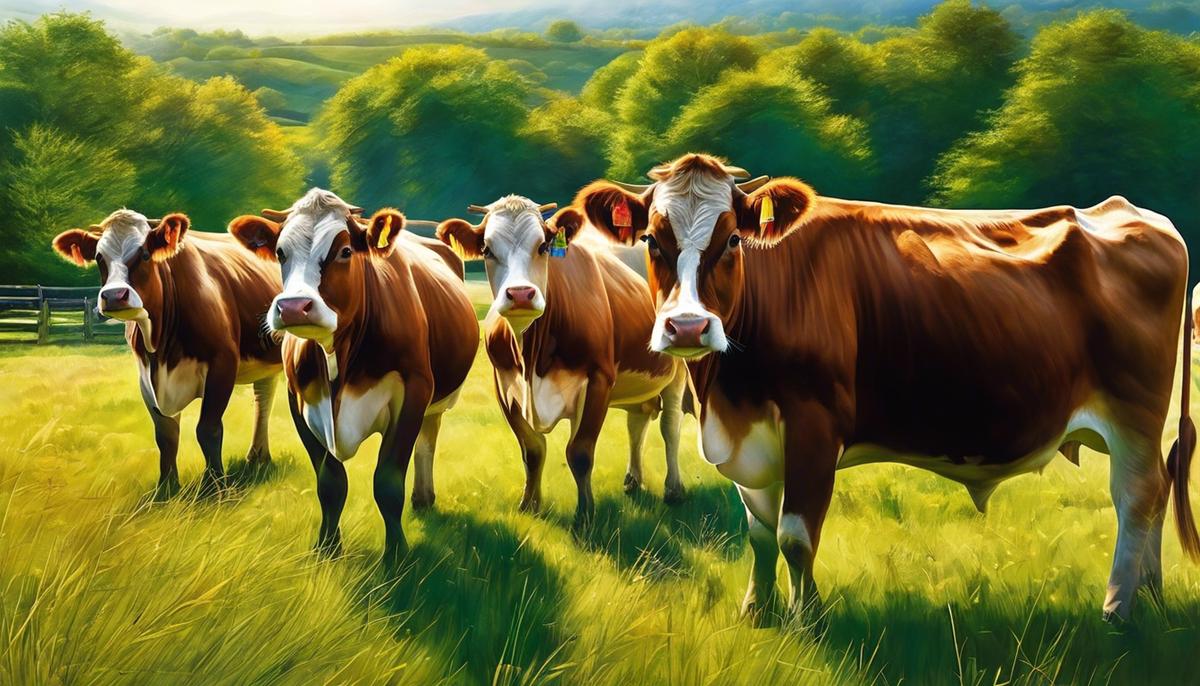
Commencing with feed management for a Jersey cow, it becomes paramount to create a feeding schedule that suits their lifestyle. This breed tends to graze for about 14 hours a day, which should be kept in mind while planning. Offering forage throughout the day increases fluid intake, thus promoting higher milk yield.
Constructing a feed pyramid comes in handy when considering the variety of food sources and determining the proportions for each. Even though forage, grains, and silage are essential, the proportion of each may vary. Typically, forage should make up about two-thirds of the diet, and the rest can be grains, silage, and small quantities of additives or commercial feed.
Furthermore, properly rotating the feed types across various seasons is advisable. As we're aware, forage availability might dip in winter - that's when silage works miracles. Offering grain during colder months can also help maintain energy levels. On the other hand, in the warmer months, you might want to lean more on abundant fresh forage.
It's also a grand idea to keep an eye on the physical condition of Jersey cows. Beware of signs of overweight or underweight cows as these could indicate imbalances in your feeding program. Remember, too much grain induces obesity while forage, particularly low-quality ones, might result in weight loss.
Attention should be given to their milk production as well. Are yields dwindling? A tweak in the diet could make a world of difference. Adding more protein-rich sources or grains could improve milk output.
Speaking of monitoring, always try keeping an eye out for signs of calcium deficiencies. We are all aware that Jersey cows need a hefty amount of calcium. If you notice symptoms hinting at this, such as slow movement or diminished appetite, adding a calcium-supplemented mineral mixture to the diet could help restore balance.
Lastly, integrating commercial feeds wisely into the diet can also be beneficial. These feeds, available as cubes, pellets, or mashed types, contain a comprehensive mix of nutrients. While they shouldn't replace natural feeds entirely, they can prove quite helpful, especially when nutrition gaps are yawning wide.
To boil it all down, effective feed management for Jersey cows lies in balancing various nutritional needs, rotating types of feed, monitoring the physical condition, adjusting based on individual factors, and cautiously integrating commercial feeds. Happy feeding!
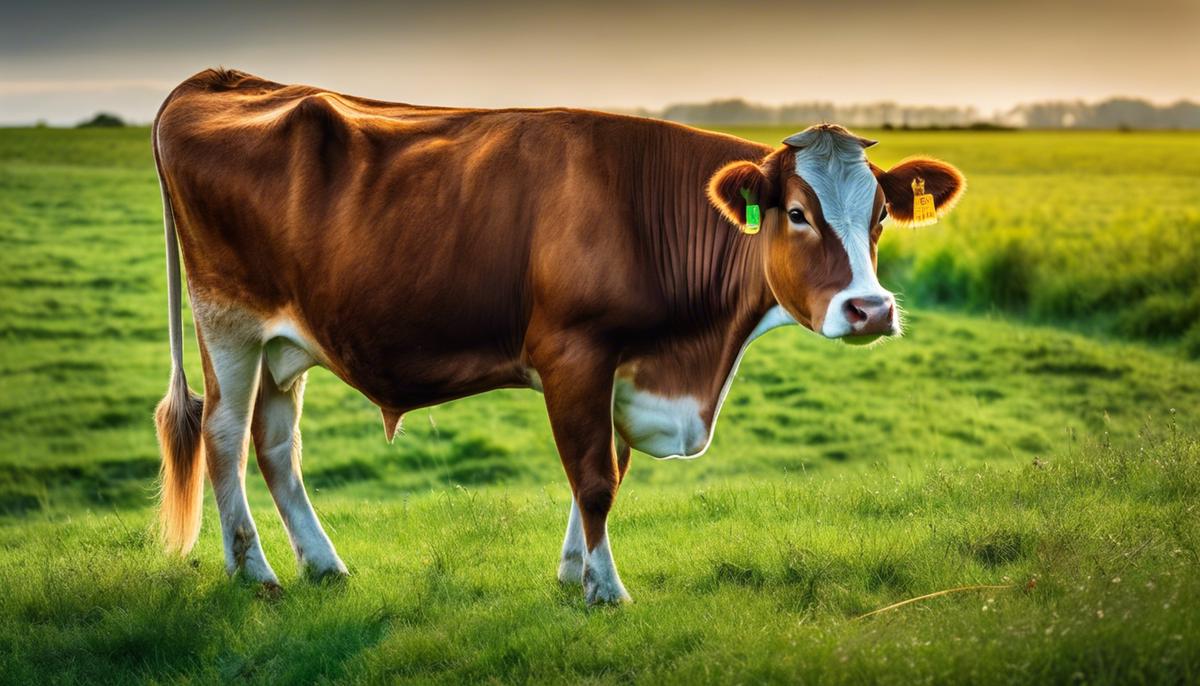
The Impact of Poor Nutritional Management on Jersey Cows
Our bovine companions such as the Jersey cows demand exceptional attention when it comes to their diet. Any mismanagement in their nutrition cannot only compromise their health but also their productivity. In this piece, let’s dive right into the effects of poor nutritional management on these gentle giants.
Firstly, let's focus on energy imbalance. Energy imbalance usually arises when a cow's energy intake does not meet the energy needed for milk production, growth, and maintenance. When cows, particularly Jerseys, consume a diet deficient in energy but high in fiber, they can experience lowered milk production and lower fertility rates.
Furthermore, a neglected component in a Jersey cow's diet can be fats. This might seem minor but a shortfall of fats can lead to fewer fatty acids in the milk. This can cause the milk yield to drop over time.
Another issue is that of undernutrition, which mainly occurs on farms where the diet lacks quantity and quality and can lead to skimmed milk, weight loss, and even infertility. If this goes unnoticed and reaches the extreme, it can cause a condition called "downer cow syndrome". This happens when there's severe weight loss and the cow can no longer stand up, leading to decreased milk yield and sometimes, even death.
Transitioning to the reproductive health of Jersey cows, inadequate nutrition leads to problems in this arena as well. Poor feeding programs often result in extended intervals between calving and decreased pregnancy rates. In these cases, it’s not uncommon to find cows that do not express consistent estrus behavior, making it hard to detect the right time for insemination.
A common condition associated with poor nutrition is known as sub-acute ruminal acidosis or SARA. It’s characterized by a fall in rumen pH, which happens mostly due to high quantities of readily fermentable carbohydrates in the cow's ration, resulting in poor feed intake, drops in milk yield, and even lameness.
On the extreme end of the health issues spectrum lies a condition called ketosis. This disease is precipitated by a high energy demand, like the one during early lactation. The cow resolves this crisis by heavily drawing on body fats, which then produces ketone bodies, causing metabolic imbalances.
Apart from these, other serious health issues can also arise from poor nutritional management. These include decreased immunity causing a higher risk of diseases, a poor body score condition leading to welfare issues, and liver damages due to excessive fat mobilization during periods of nutritional stress.
Reflecting on this, it's evident that a well-balanced diet for your Jersey cows is not optional—it's a necessity. From supporting their cell functions to generating milk, nutrition plays a pivotal role in the productivity and longevity of a herd. Therefore, it’s key that farmers not only offer their bovines a balanced, nutrient-rich diet, but also pay close attention to the proportions and timing, to optimize their herd’s overall productivity and health.
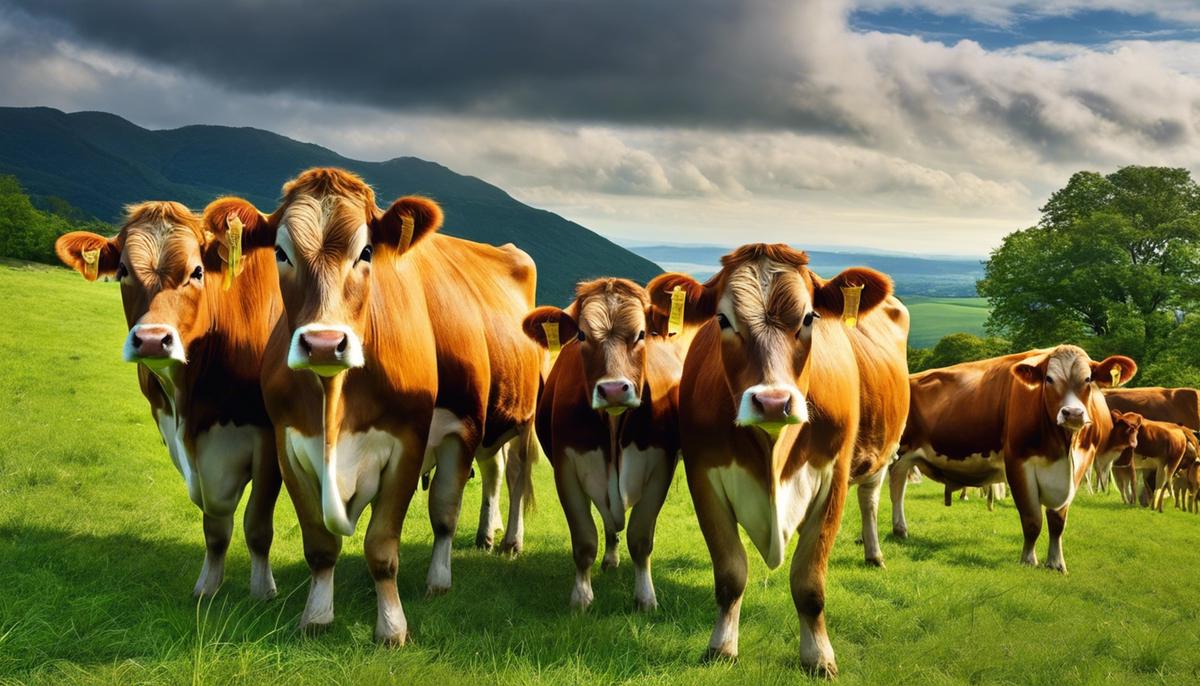
The repercussions of poor nutritional management for Jersey cows is significant, potentially resulting in diseases, diminished milk quality, and a reduced lifespan. It is imperative for caretakers to promptly identify and rectify signs of substandard nutrition, ensuring the sustained health and productivity of their herd. Equally important is the selection of the appropriate remedy or prevention strategy to mitigate these potential issues. Hence, highlighting and exploring these elements is vital for a wholesome understanding of Jersey cow nutritional management, with pivotal implications for dairy farmers and bovine enthusiasts alike.